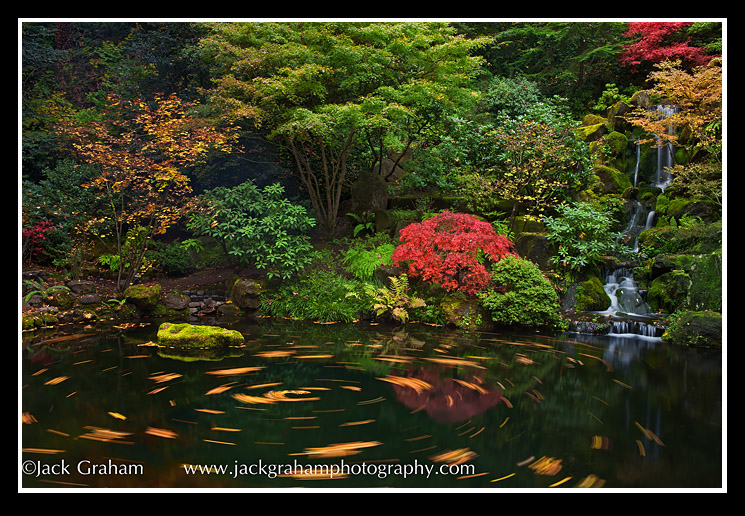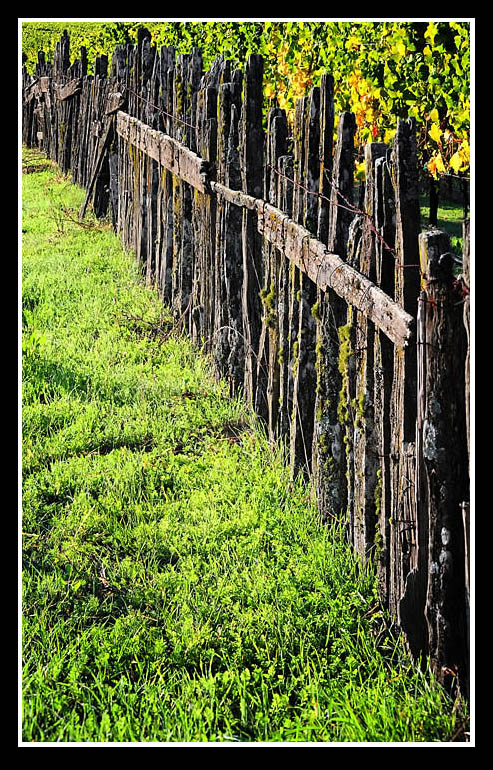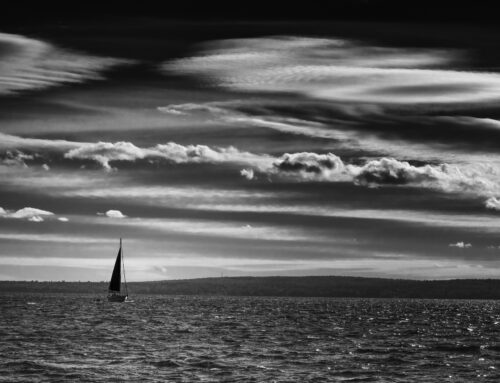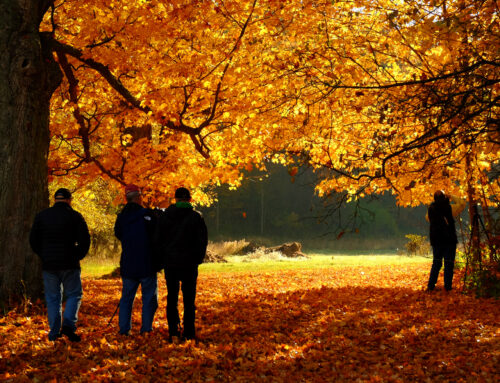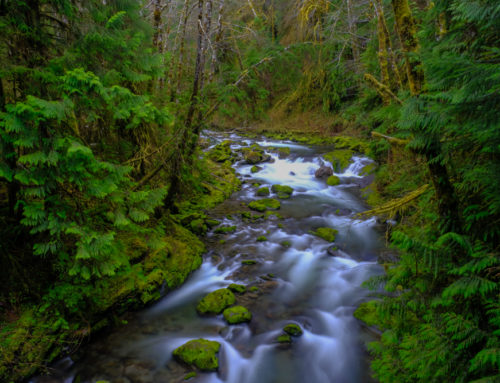Folks, It’s good to be back after a long time on the road….. but YES! I’m ready for 2012!
I am very pleased to announce my 2012 Workshop schedule. This my 17th year conducting photography workshops and perhaps my most exciting.
I have added a few new locations for 2012 including, ULTIMATE ICELAND ICELAND_JULY 2012_DEP_REG_ PICSv1(July ), Sonoran Desert landscapes and wildflowers (March), workshops in the Tetons during both in Fall & Winter. Most of my all time favorite locations such as the Arizona slot canyons, Hunt’s Mesa, Canyon De Chelley, California’s Eastern Sierra ( again with Guy Tal !!) and the Napa Valley and locations here in the beautiful Pacific Northwest are all back in 2012.
Perhaps the epic workshop for 2012 is HIDDEN CHINA & TIBET in June & July. This is one of the the 1st group photo expeditions ever made into this remote part of the world. http://www.phototc.com/tours/tour.php?tour=152
As mentions in me previous blog post from last night my 2012 Workshop Schedule & Reg form is now available here: REGISTRATION FORM 2012v9
2012 discounts are found here: 2011 WORKSHOP DISCOUNTSv5 as well as Workshop FAQ’S GENERAL WORKSHOP QUESTIONS_FAQ’S INFORMATION_v2012f
( Deposits & reg forms received prior to 1/1/2012 will receive a 10% discount ( domestic only, Pacific NW Art School excluded as well)
Don’t forget my One on One workshops as well. Info can be found here: GENERAL INFORMATION_1on1_ images & registration form ONEonONE_REG MASTER2012
I am really proud to be part of the 2012 faculty on the Pacific Northwest Art School, on Whidbey Is., Washington. I’ll be doing 2 workshops with them next year.
In May, I’ll be doing a workshop on Whidbey Is http://www.pacificnorthwestartschool.org/all/photography-workshops/graham-jack-photography-on-whidbey-may-9-12-2012 then another in September in the Napa Valley, and Northern California Coastline (including a few locations in San Francisco) http://www.pacificnorthwestartschool.org/all/photography-workshops/graham-jack-fall-in-northern-ca-sep-20-23-2012
Please contact them for information and registration. http://www.pacificnorthwestartschool.org/Home.htm
Don’t forget–a Jack Graham Photography Workshop Gift Certificate makes a great holiday gift! (fill it out with the workshop choice and the amount, mail it back and you’re done! gc1-hol2011
Please contact my jack@jackgrahamphoto.com for more information and questions
_________________________________________________________________________________________________________________________
Focus on the Unconventional
©Jack Graham
In today’s world, we are constantly bombarded with headlines and news that is filled with negativity or just plain old doom and gloom. And worse, it all happens so quickly in this fast-paced, INTERNET, smart phone, iThis and iThat world. Volumes of information are sent our way from all kinds of sources. Blogs, websites, social media, advertisers came at us from all ends. It’s an “I need it now” world, and like it or not, most of us fall victim to these anomalies, often not knowing it.
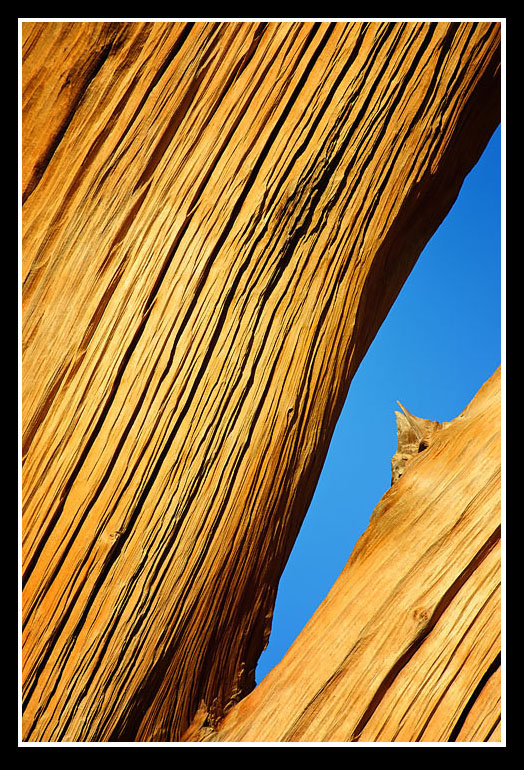 Recently I have been writing as well as stressing in my photography workshops, that we must slow down, and “be into the zone” in order to attain the right state of mind that will give us the chance to create artistic images when we are out in the field.
Recently I have been writing as well as stressing in my photography workshops, that we must slow down, and “be into the zone” in order to attain the right state of mind that will give us the chance to create artistic images when we are out in the field.
Today, we have at our fingertips the most advanced equipment that our pocketbooks will allow us to purchase. We can process image with unthought-of technology non-existent, just a few years ago. This is useless unless we embody the creative process
With all of this technology surrounding us, many photographers ignore the need for creativity and imagination and rely on the technology to produce the end product. This is what I call the “I can fix it in Photoshop” mentality. This is a prescription for failure. Unless we use the right side, or cognitive side of our brains, our creativity will be forever stymied. How do we do that? Read on.
We the photographers put our mark on every image we present, not just the good ones, but every one. Think about that next time you post an image or send one out in an email. Better yet, think about that before initiation the shutter.
“We all do ‘do, re, mi,’ but you have got to find the other notes yourself. “…….Louis Armstrong
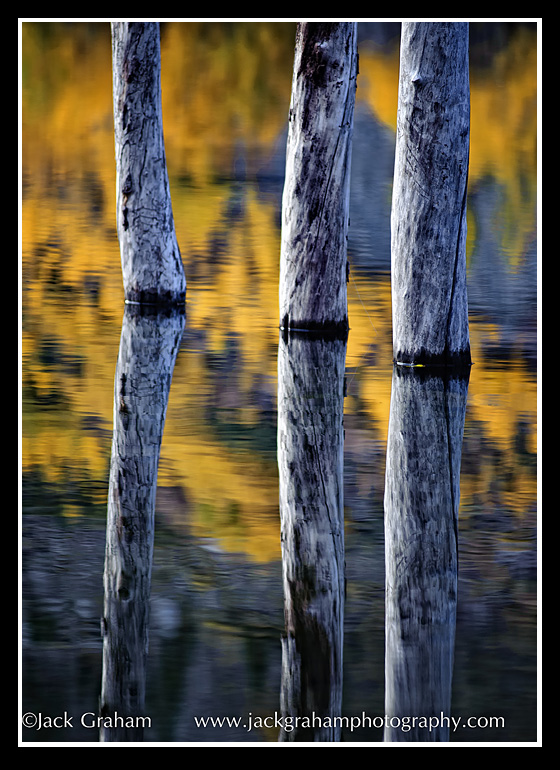 In my past widely published article on preparation, I talked about how I go about preparing for a day in the field, be it on my own or during a workshop. Let’s take this to the next level, and discuss some unconventional ways of focusing your mind and moving into the right zone.
In my past widely published article on preparation, I talked about how I go about preparing for a day in the field, be it on my own or during a workshop. Let’s take this to the next level, and discuss some unconventional ways of focusing your mind and moving into the right zone.
- Before heading out for the days photographic activity, make sure you have set aside plenty of time, after dressing, packing the truck etc to have something to eat. Then relax, listen to some music (not the news!), have some quiet time, and self examine your mood, and open up your creative window for the day. Take as long as it takes. Sometimes sitting in silence can be the trick. Leopold Stokowski, a famous conductor once said “A painter paints his pictures on canvas. But musicians paint their pictures on silence. We provide the music, and you provide the silence.
“I’m always thinking about creating. My future starts when I wake up every morning… Every day I find something creative to do with my life”. ……Miles Davis
- It’s been written that we must visualize the image before even heading out for the day. However, lets backup. Try to consider how you think your entire day might go, not just the first location of first image(s). Consider where you are going and the potential of what the entire day “might be”. With this in mind, an average sunrise might not spoil the balance of the morning allowing your creative spirits to be undiminished. Now let’s go even a step one-step further.
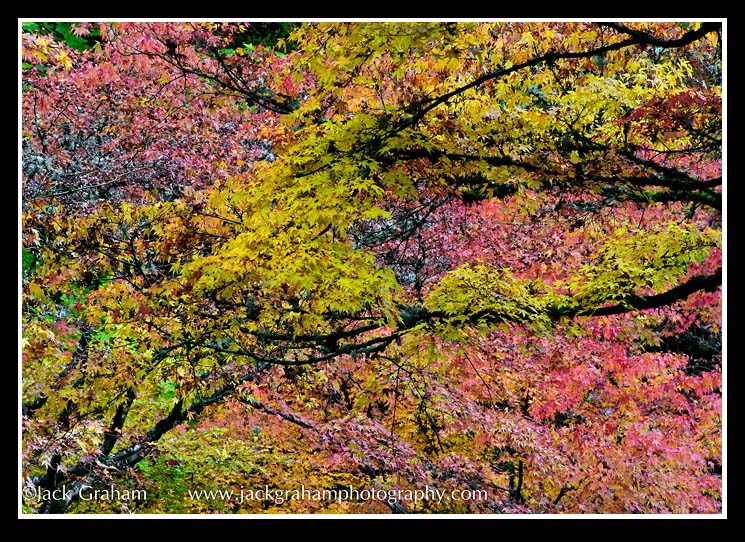 Think of how you’ll feel when you get home with a memory card with some really good images on it. Feel how lucky you are to be able to be out in the beauty you will soon enter and be thankful. We are lucky people you know!
Think of how you’ll feel when you get home with a memory card with some really good images on it. Feel how lucky you are to be able to be out in the beauty you will soon enter and be thankful. We are lucky people you know!
- Upon arriving at your location try putting yourself into the geography and environment. Again either sit quietly or walk around slowly, observing, preferable without a camera for a few minutes. It often amazes me when folks arrive at a location in the dark and start fumbling with their cameras. Time is better spent getting your head into the zone. Understand that you are now are in total control of everything. This includes your equipment and emotions. Take things slow. As the light becomes a viable component don’t rush to make photographs. Carefully evaluate the light and how you can best use it.
“I’ve always wanted to own and control the primary technology in everything we do”. ……..Steve Jobs
- The image(s) you are about to make are a mirror of you, the photographer. Realize this. Become part of the scene, put yourself into the fog, if there is fog, or put yourself at the top of the mountain, if a mountain is in front of you. Become the subject. Ask yourself how would you like to be photographed?
Sometimes it’s best to trust your first instinct. Use your energy and emotion to form the image. Allow your creativity to flow.
Experiment; don’t be afraid to take some risks. They just may turn out!
> Warming down. The best light is over, you captured the image to the best of your ability, what now. It’s time to wind down. Athletes, musicians all warm up as well as warm down. I suggest we do the same. First I would avoid reviewing your images during this time. However I’d go over in your mind what went well and what might perhaps a bit trying. Then I would already be almost repeating my time of calmness, thinking about possibly the next location. Either sit, or enjoy the natural area you are in or slowly walk around (without your camera) all the while looking and enjoying the nature of where you are. Perhaps a drink or a snack will be beneficial. Only depart when you are very relaxed.
Though a bit unconventional, these practices work for me as well as a lot of other successful nature photographers. Try them out for yourself. You might be surprised.
“Have no fear of perfection – you’ll never reach it”……Dali



